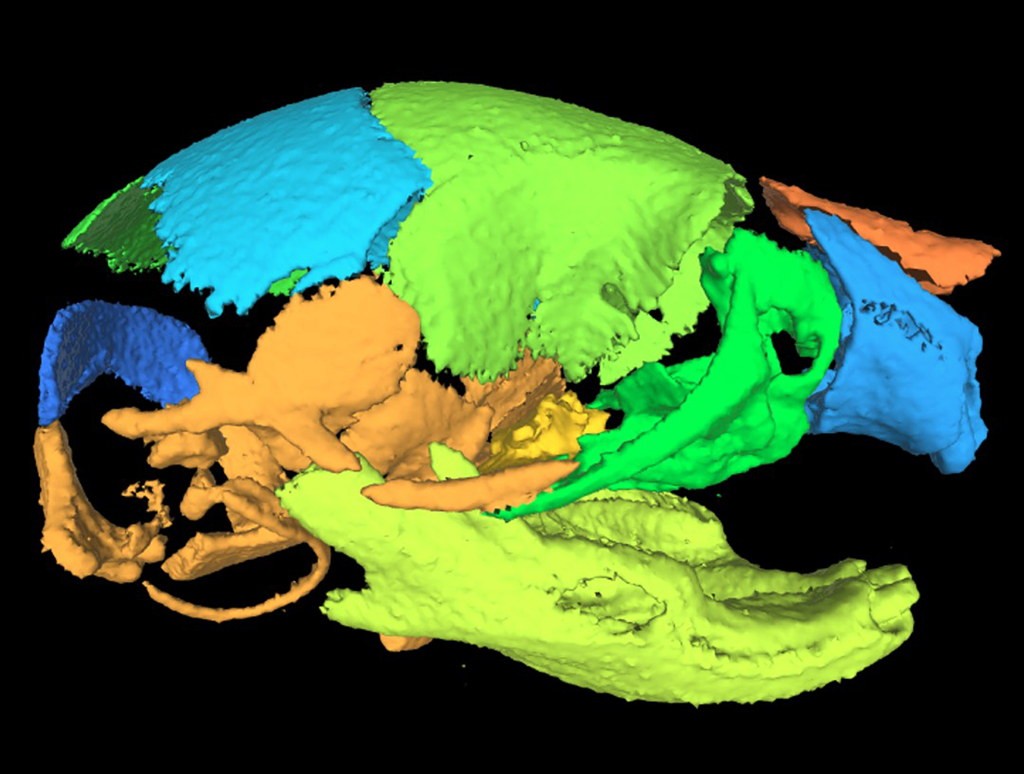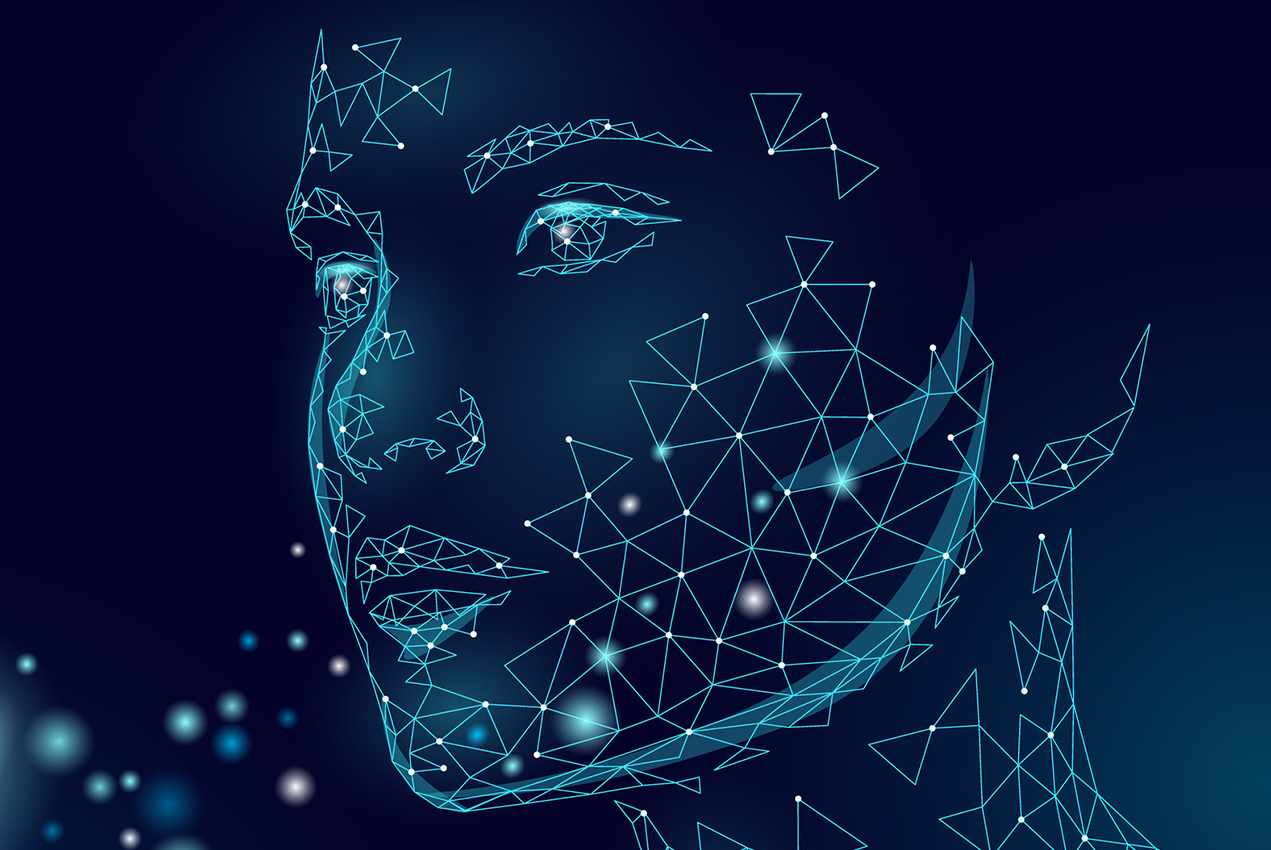It has been a little more than a decade since the National Institute of Dental and Craniofacial Research (NIDCR) launched FaceBase, a central repository for craniofacial datasets and tools meant to advance craniofacial science by fostering cooperation and collaboration around the globe.
The endeavor, which represents contributions by researchers from more than two dozen universities across the globe, entered its third phase last year with a $12.5 million grant.
In a newly published Development article titled “FaceBase 3: Analytical Tools and FAIR Resources for Craniofacial Research,” the interdisciplinary research team shared datasets collected throughout the past decade and showcased their third-phase plans.

This optical projection tomography analysis of enhancer activity in a transgenic mouse embryo is the type of information that FaceBase aims to centralize in a resource for craniofacial scientists. (Image/Courtesy of FaceBase)
Additionally, they announced the welcoming (and thorough vetting) of new data submissions from those who have relevant data to share — compared to the first and second phases, during which FaceBase operated in a spoke-and-hub model and only accepted data submissions from spoke projects.
“Over the last 10 years, FaceBase has evolved as the most comprehensive data resource for the craniofacial research community,” said the study’s principal investigator, Yang Chai PhD, DDS, director for the Center of Craniofacial Molecular Biology at the Ostrow School of Dentistry of USC and University Professor of Stem Cell Biology and Regenerative Medicine at the Keck School of Medicine of USC. “With the support of NIDCR and our research colleagues throughout the world, we will continue to expand the data available through FaceBase in service of research to advance dental and craniofacial health.”
FaceBase launched in 2009, with research focused on the face’s middle region and the genetics related to developmental disorders like cleft lip and cleft palate.
The data collected from these projects created an unprecedented, freely available resource for the scientific community.
Since then, projects have expanded to include other regions of the face and skull.

Ostrow’s Chai Lab generated a 3-D model of a typically developing mouse embryo’s skull. Each color indicates a distinct bone. (Image/Courtesy of FaceBase)
To date, the repository includes more than 880 datasets on human, mouse, zebrafish and chimpanzee prenatal and postnatal development, including both typically and atypically developing individuals — all of which are available to the scientific community.
In 2014, USC scientists began to steward the multidisciplinary, multi-university collaboration, positioning USC as the data epicenter for oral and craniofacial research.
“We are very excited and honored to serve as the hub for FaceBase 3,” Chai said in an article last year about the third-phase grant. “This NIDCR-supported Craniofacial Development and Dysmorphology Data Management and Integration Hub will continue to develop toward a comprehensive resource for researchers around the globe and highlights the leadership provided by interdisciplinary researchers at USC to bring oral and craniofacial research to the next level of excellence.”
— John Hobbs
The project’s principal investigators are Carl Kesselman, Dean’s Professor at the USC Viterbi School of Engineering Department of Industrial and Systems Engineering and director of Informatics Systems Research Division at the Information Sciences Institute in the Viterbi School of Engineering, and Chai, who is also director of the Center of Craniofacial and Molecular Biology. Among the article’s 39 authors are USC contributors Bridget Samuels, who played a major role in putting the article together; Thach-Vu Ho; Yuan Yuan; Alejandro Bugacov PhD; Joseph G. Hacia; Robert Schuler MS; and Cristina Williams.


